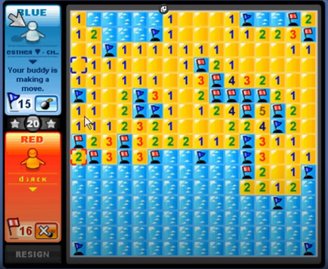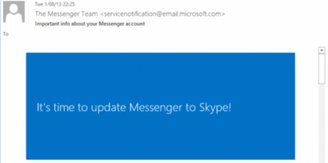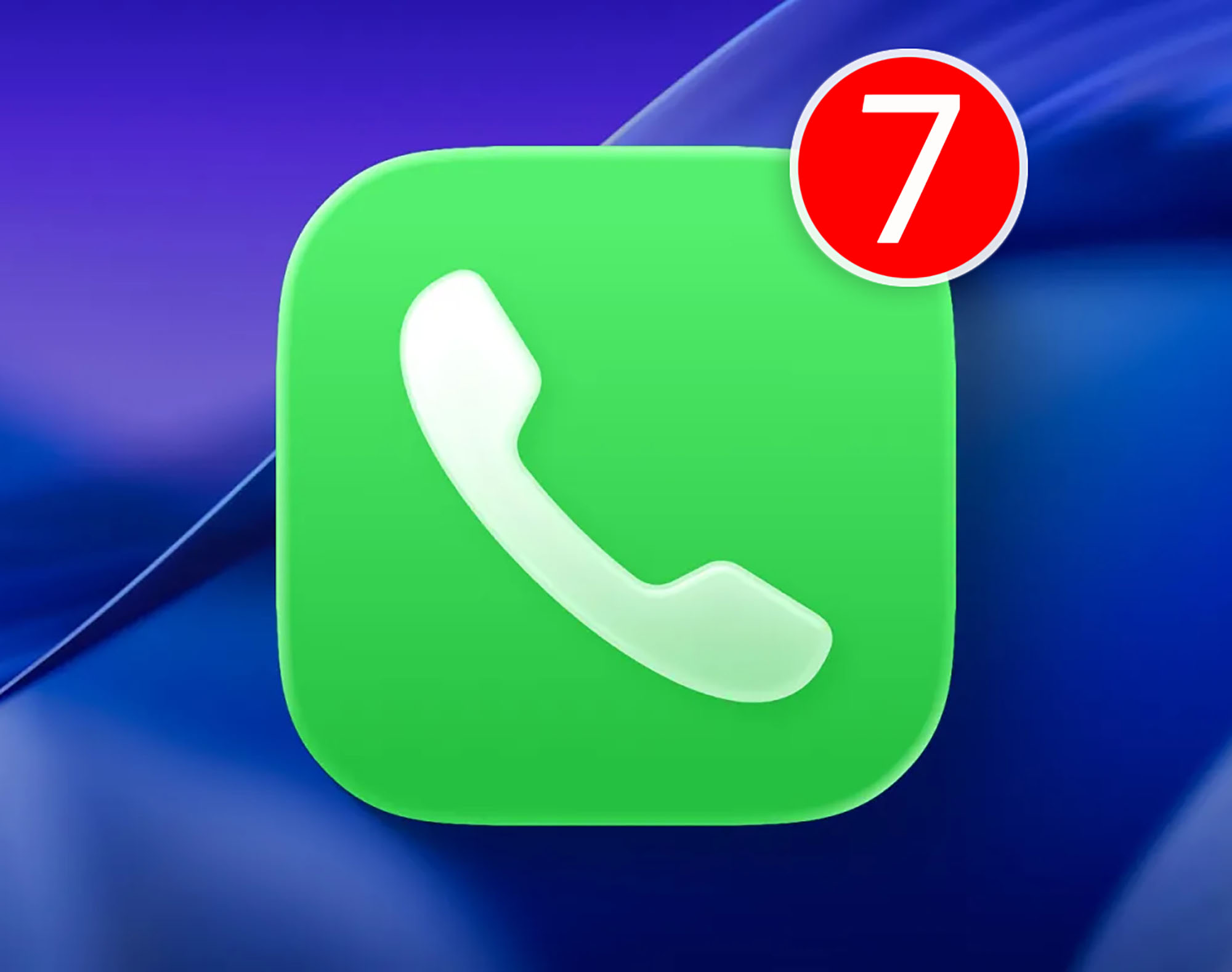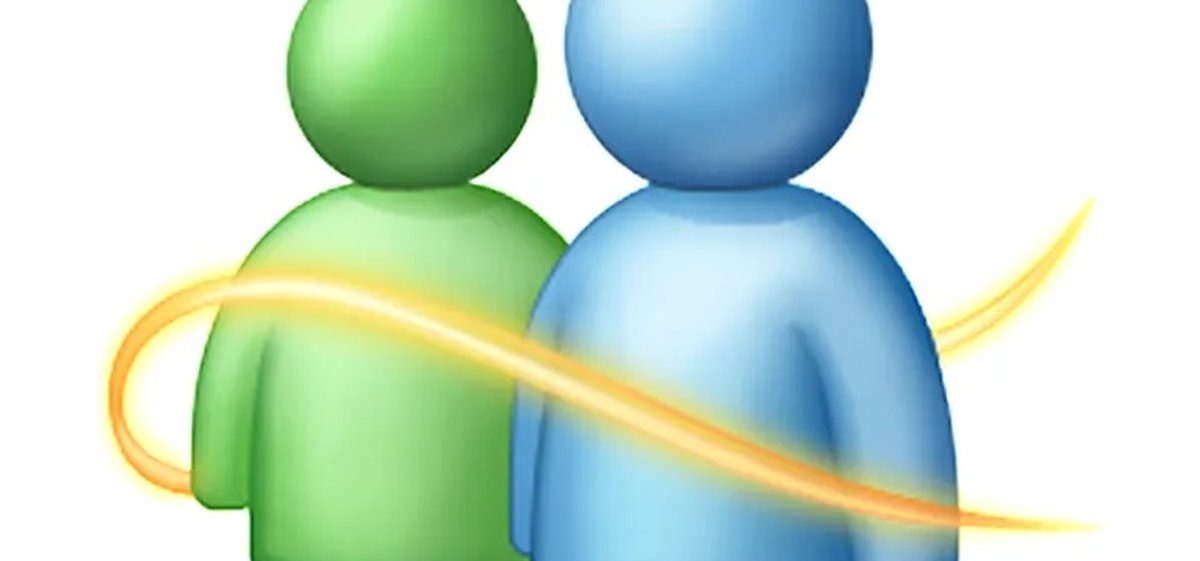Nowadays, communication between people on the internet varies. Despite the dominance of WhatsApp, it is possible to chat with friends or strangers using channels such as Telegram, Messenger, Signal and private messages on social networks.
However, until recently, one service in particular dominated the virtual chat market. MSN Messenger, later renamed Windows Live Messenger, was one of the Brazilian people’s favorites and was used for casual communication, from chatting to dating, for years.
So what happened to this Microsoft service over the years? So how did such a popular and mass-adopted program come to be rejected and forgotten over time?
MSN Messenger: more than a messenger
Long before MSN became a chat program, it was born as a service called MSN. Microsoft Network The platform was a sort of portal of content and tools for the dial-up internet age, and gradually gained more features such as news and even gaming media.
However, in 1998 Dial-up service separated to become MSN Internet Access. The MSN portal was trying to compete with other major sites and one of the projects in this new phase was: launched its own messaging program to compete with the giants of the time: ICQ from independent company Mirabilis and AIM from giant AOL.
On July 22, 1999, MSN Messenger was born. The initial version still had a few features in the same program, including access to AOL’s own service. It didn’t gain immediate popularity, though.
MSN’s golden age
MSN’s big breakthrough as a program took place in 2001. Windows XP. Version 4.6 of Messenger was not yet pre-installed in the operating system, as it would become later, but it brought improvements to the interface and operation, which allowed it to gain popularity faster.
MSN reached 75 million users in 2002 because account creation was done automatically using an email from the then-popular Hotmail. Seven years later Reached 330 million monthly active users – an impressive figure for that time, and that’s Even more than X’s current daily visitorsold Twitter.
In the heyday of the program, which was renamed Windows Live Messenger in 2005, text chats were just part of the experience.
It was possible send custom emojis“attract attention” people who flicker the screen and stay in the foreground or winkThey were short animations of questionable graphic quality.
Moreover, layers of customization were added over time. You Can you add a “sub-alias”? As a complement to the nickname and from programs such as MSN Plus, Adopt colors in your look and even post what you listen to on your profile right now.

MSN also provided free and multiplayer gamesIt’s like a version of Minesweeper, Tic Tac Toe, Bejeweled or even Uno.
The end of a giant
A high user base and investment in new functionality showed that Windows Live Messenger could last longer, but the community gradually realized that Microsoft’s focus was changing.
in 2011 Microsoft purchased Skype for $8.5 billion and turned the program into the main chat service. Voice and video call support made a difference and began to be preferred by both Windows Live Messenger users and the company itself.

Bad news arrived at the end of 2012: The company reported: the two services will be merged into Skype. Windows Live Messenger users will have the option to use the same account to sign in to the new priority messaging app in the coming months
On April 30, 2013, MSN was taken offline in Brazil, one of its most populous markets. A few days ago, it stopped working in other regions as well, thus ending the service.

Officially Windows Live Messenger was discontinued on October 31, 2014. The program’s servers in China, the only country in which it still operates, were permanently shut down at that time.
More nostalgic users have even created reverse-engineered programs like Escargot that mimic the look and feel of the old MSN. However, they have no affiliation with Microsoft and have attracted the most attention from those who have used the program for years and have good memories until the end of the service.
Source: Tec Mundo
I am a passionate and hardworking journalist with an eye for detail. I specialize in the field of news reporting, and have been writing for Gadget Onus, a renowned online news site, since 2019. As the author of their Hot News section, I’m proud to be at the forefront of today’s headlines and current affairs.











